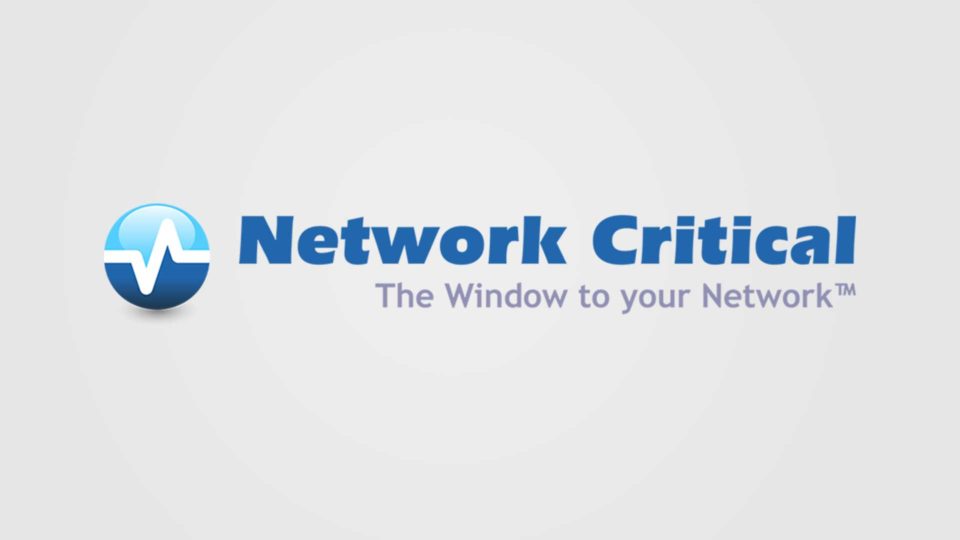Three Reasons to Scale-Out, not Scale-Up

Everyone talks about scalability, the ability for a unit or a system to grow as users requirements grow. There are many ways to scale up. However, one innovative company has changed the game in the packet broker market. Their solutions scale “out” not just scale “up”. Read on to understand how scaling “out” will provide economic and technical advantages over just scaling “up”.
Management
Scale-Up: Organizations are forced to plan, write, test and deploy a new set of filter rules and port maps for the entire system with each growth phase. Writing filter maps so the right information is passed to the right tool can be a very complex operation with hierarchical filtering systems. Each filter map has a determinate effect on the next map. Assigning ports to links and tools can also be very time consuming and error-prone, requiring additional skilled personnel. Even though operation and management is consistent with each vendor, the user is still required to rebuild and reconfigure all the filters and maps with each model upgrade, which is a complex and costly requirement both in time and budget.
Scale-Out: With a scale-out process, organizations can add and deploy new filter rules and port maps ‘at will’, as needed with no impact on existing rules and system operations. Taking advantage of Network Critical’s scale-out innovations, users are not required to start deployment programming from scratch with each growth phase. By simply adding an extension module (giving additional port-density) to the existing system, network managers only need to map and apply filters to the new links. Further, when changes are required to be made on earlier deployed units, the unique Drag-n-Vu™ Graphical User Interface makes the process simple, fast and accurate. Drag-n-Vu™ is a sophisticated computational engine that does the hard math in the background. Filter rules are independent rather than hierarchical. Therefore, changing one filter map does not affect the others. Scale out management software saves time, saves money and makes incremental changes seamless.
Hardware Investment
Scale-Up: Buy a big box and use the ports you need now while letting the unused ports sit idle until needed. This is a simple but wasteful growth solution. With networks growing at a faster rate than budgets, investing in idle assets is not optimal. The other scale-up option is to purchase only the unit that matches today’s needs then, when required, decommission the existing unit and buy the next model up. Vendors like to promote the “product family” idea as scaling up. For example, if you purchase the X-1 now, you can later purchase the X-2, X-3, X-4 when you need more ports or power. This family scaling certainly can keep the customer loyal to a vendor by providing a simple upgrade with familiar operation and management. However, this option is also wasteful as the smaller product is usually replaced well before the end of its useful life.
Scale-Out: Buy a smaller base unit that meets your immediate needs and build incrementally as you grow. The new SmartNA-PortPlus by Network Critical, allows users to purchase a right-sized base unit for initial requirements then transparently add on to the initial purchase as growth requires. This new and innovative approach protects budget discipline and provides seamless growth. The user is not required to pay now for network assets that remain indefinitely idle or decommission existing product early to accommodate growth.
Features
Scale-Up: Purchase the feature set you think you need for now. Add “feature modules” and licenses as you discover additional features requirements that are needed down the line. Often as networks grow in size they also grow in complexity. Monitoring and security tools connected to links through a packet broker do not always keep pace with the speeds of newly installed links. Further, processing efficiencies and privacy compliance requirements are constantly changing. Packet brokers offer advanced features to mitigate these issues.
In the visibility market, features such as port mapping and basic filtering are standard. Advanced features such as packet slicing, packet manipulation and various methods of load balancing are often offered as discrete modules or annual licenses. Vendors, therefore, offer options to add-on advanced features by offering firmware modules and software licenses. This allows the customer to purchase a strip down feature set keeping initial CAPEX low and add advanced features later as network complexity grows. This scale up plan is good for the vendors, maintaining a constant revenue and keeping the user loyal. However, it has the user paying a lifetime of license fees for a one time purchase. It may be helpful with CAPEX but, overtime, can put a strain on OPEX as ongoing fees pile up over time.
Scale-Out: There is now a better way. The SmartNA-PortPlus base unit and extension units provide the full range of advanced features from day one. Some examples include:
-
Load Balancing…As new faster links are added to the network, load balancing is needed to spread the incoming traffic to multiple lower speed tools.
-
Packet Manipulation…Many new privacy rules require network managers who capture packets to mask payload while managing traffic.
-
Packet Slicing…Many monitoring and security tools work faster and more efficiently when only a subset of the IP packet is delivered to the tool.
These are not considered basic features in most packet broker systems. Many systems will scale up to add these features as needed. The SmartNA-PortPlus scales out by having the feature capability included with the base unit. When needed these advanced features can be deployed at will. No additional modules, no ongoing license fees. Everything is in there from day one.
Networks change fast. Capital and operating budgets are under strain to keep up. Network Critical’s scale-out innovation helps network managers keep up with change while maintaining budget discipline.

